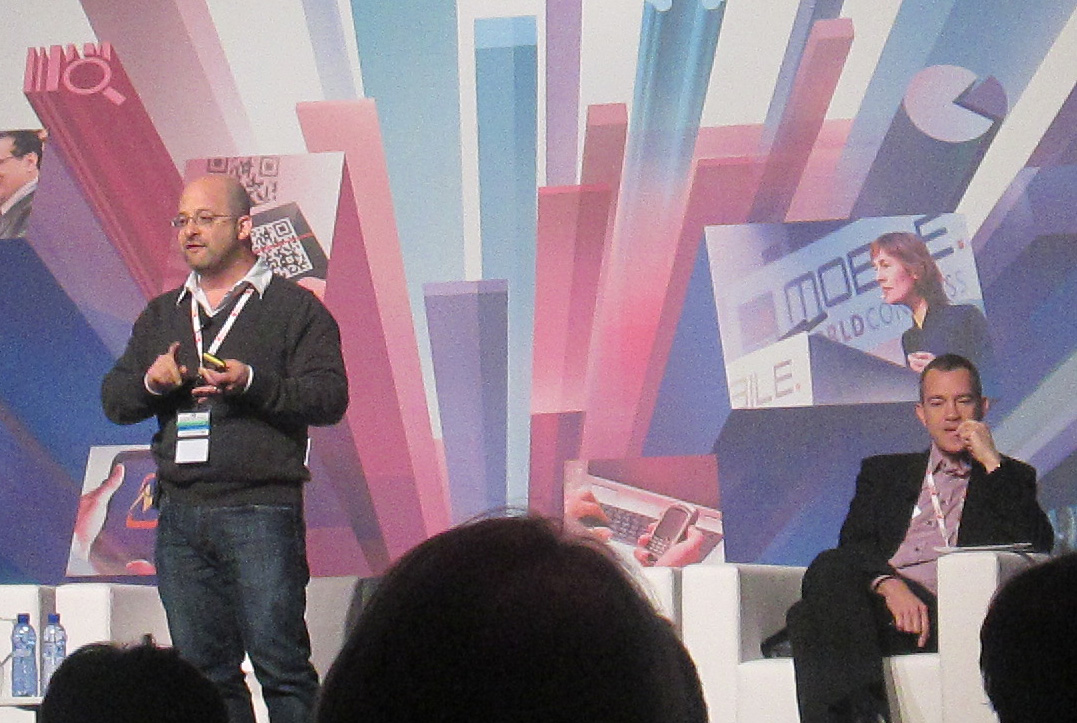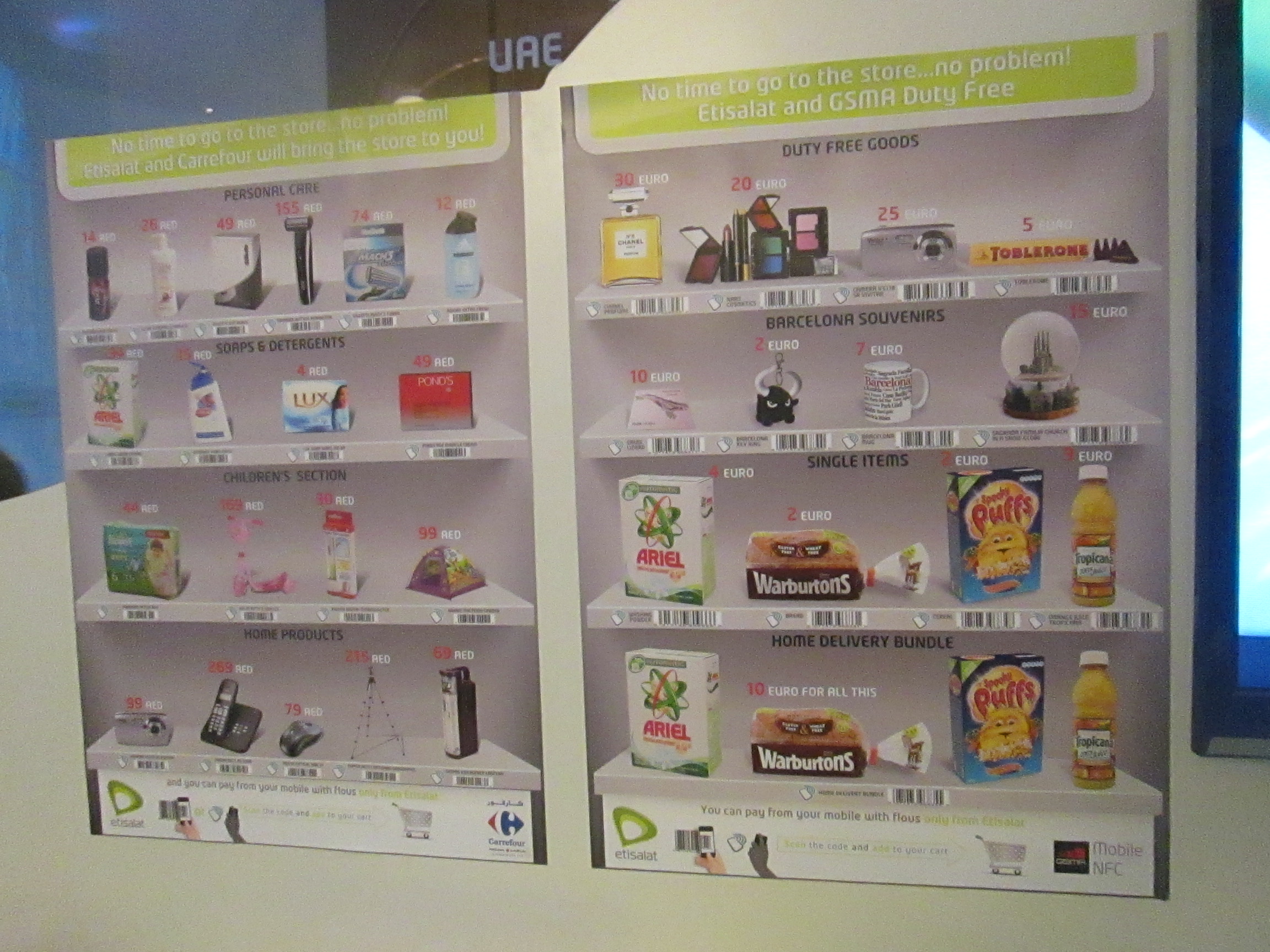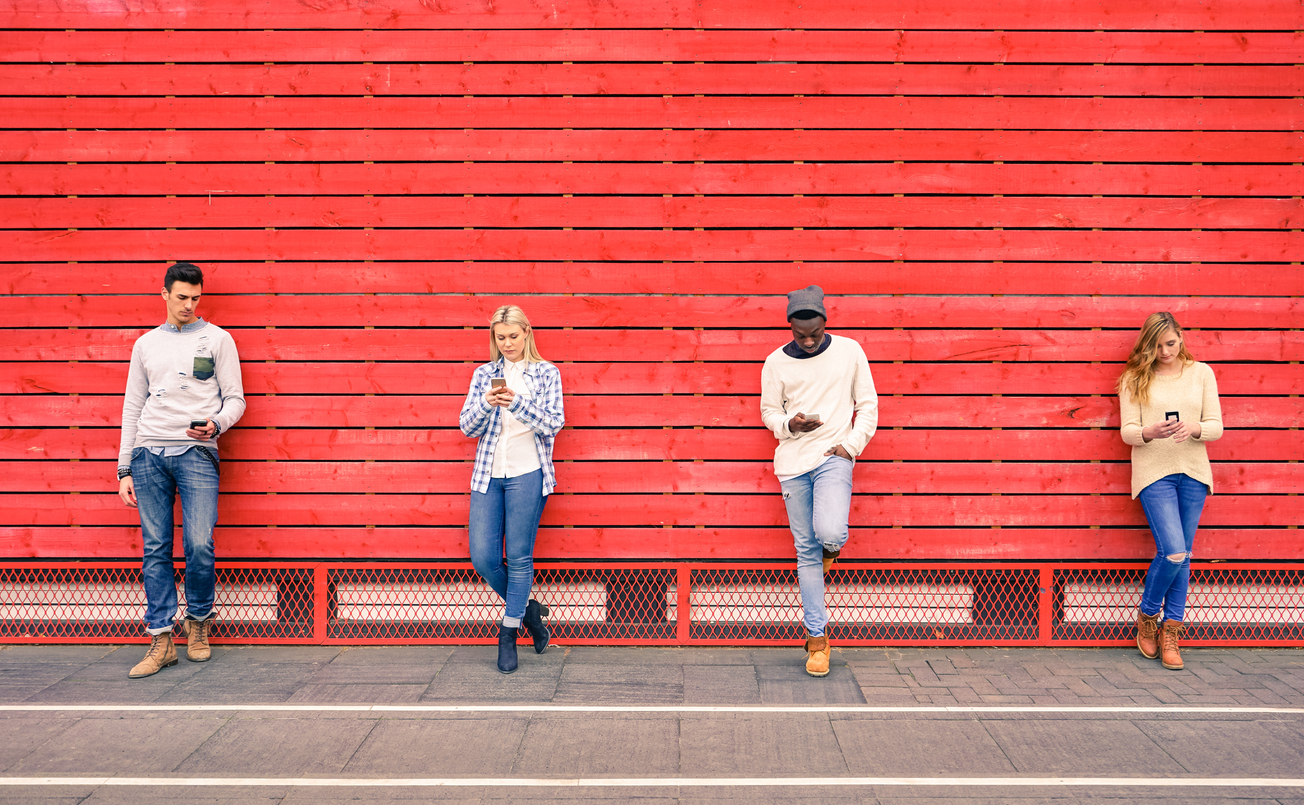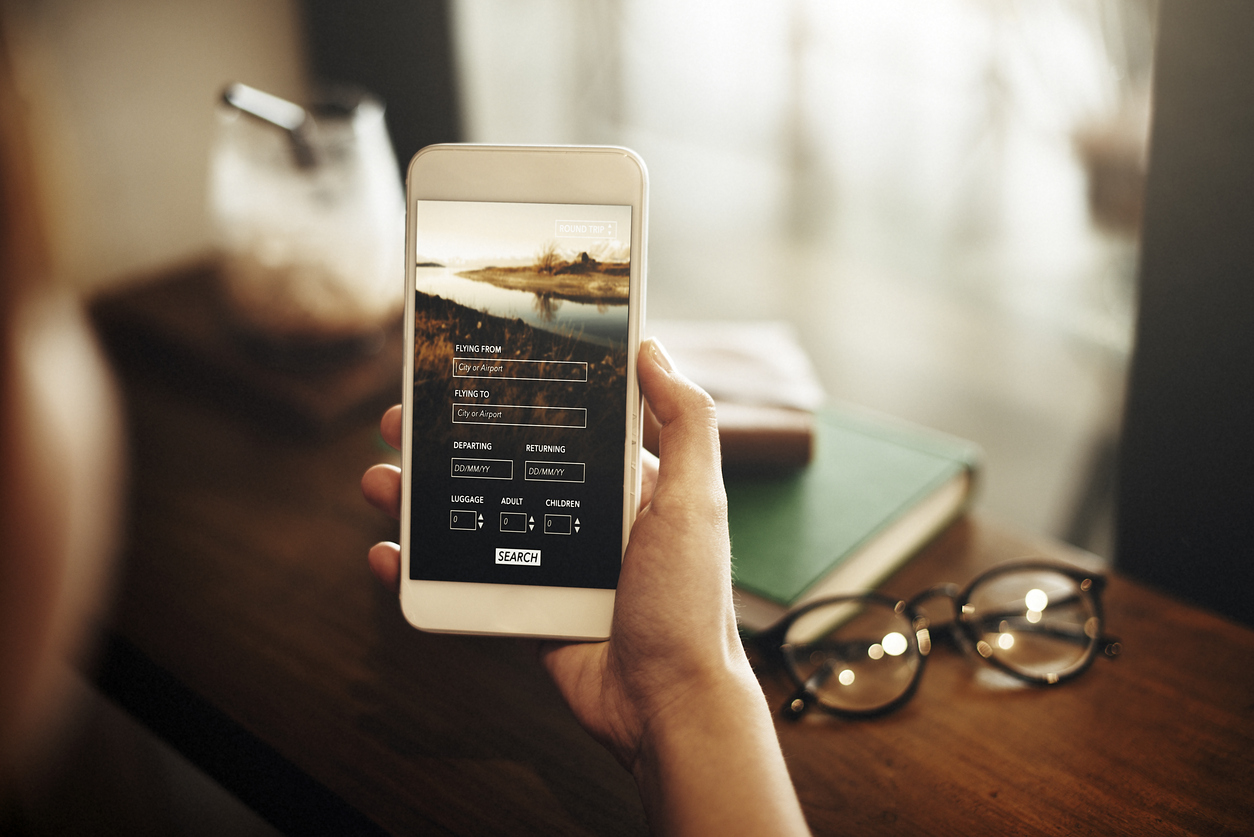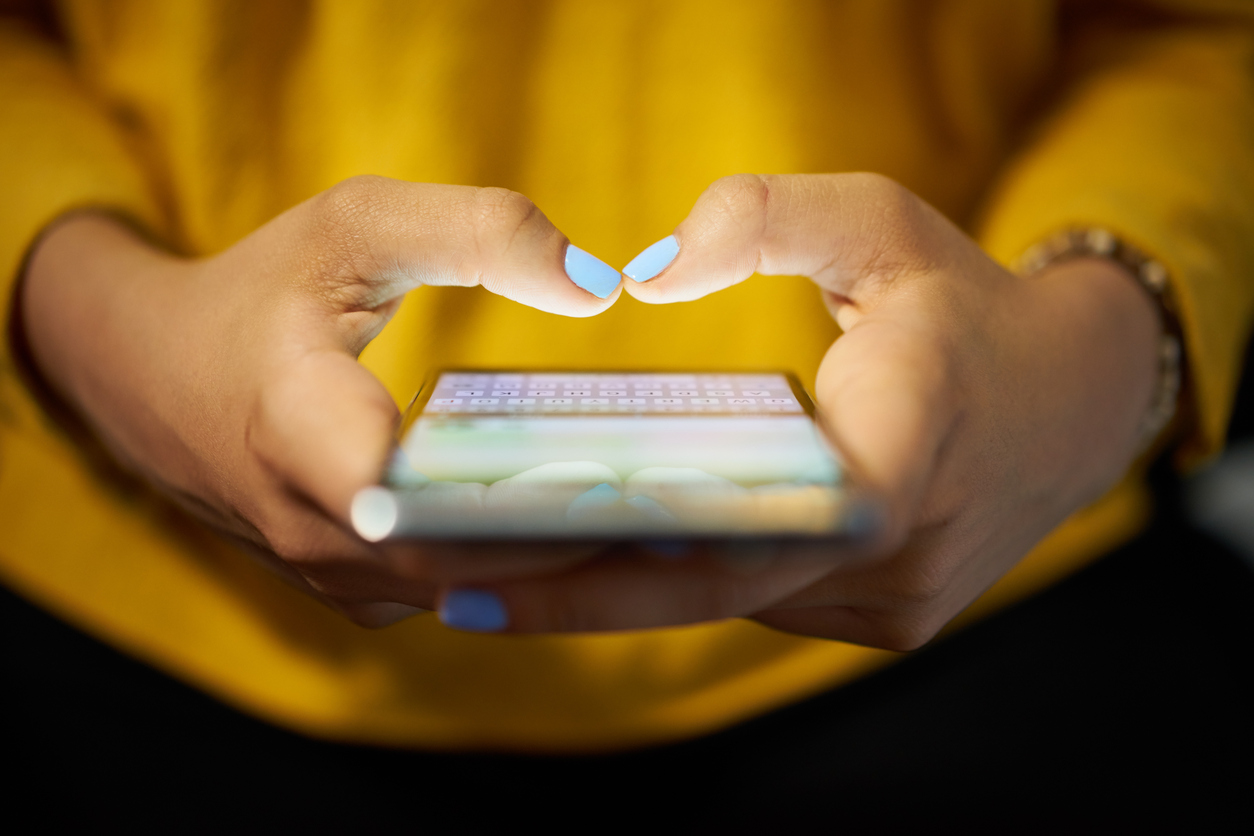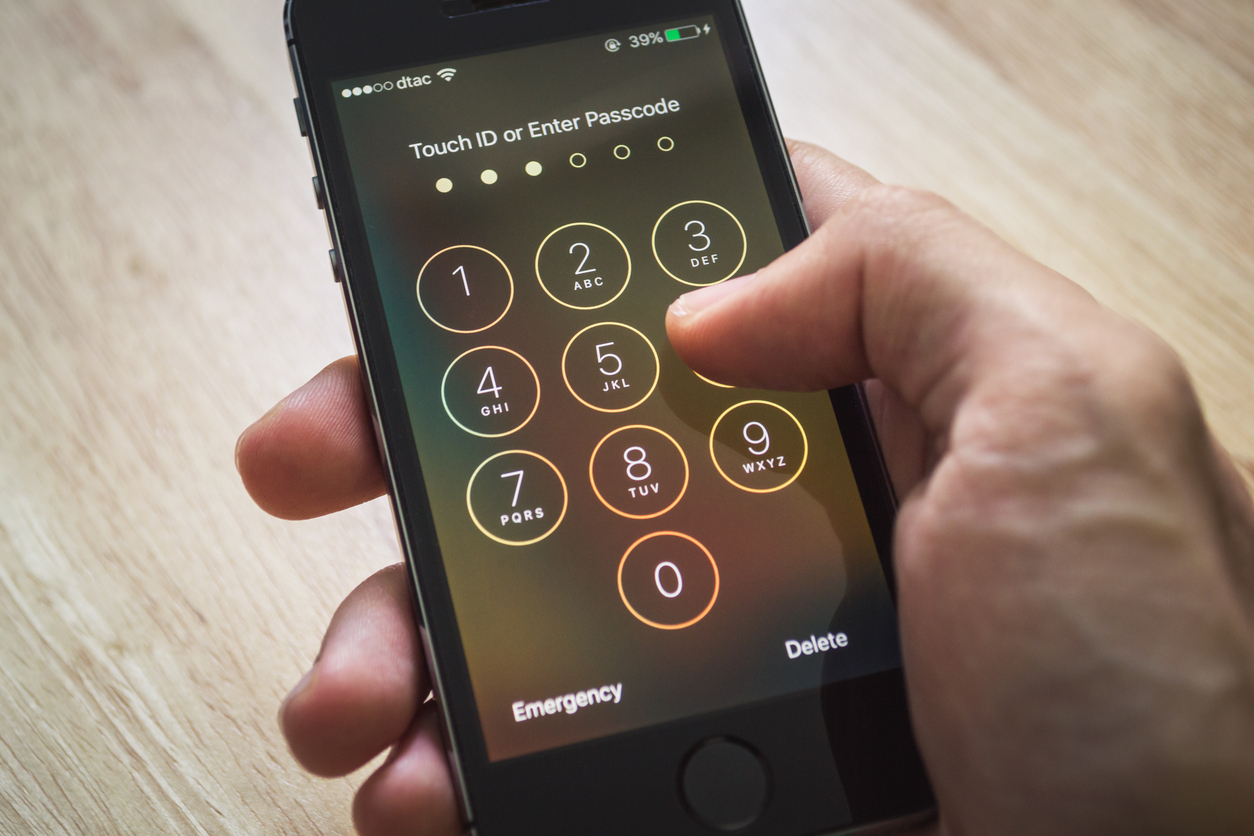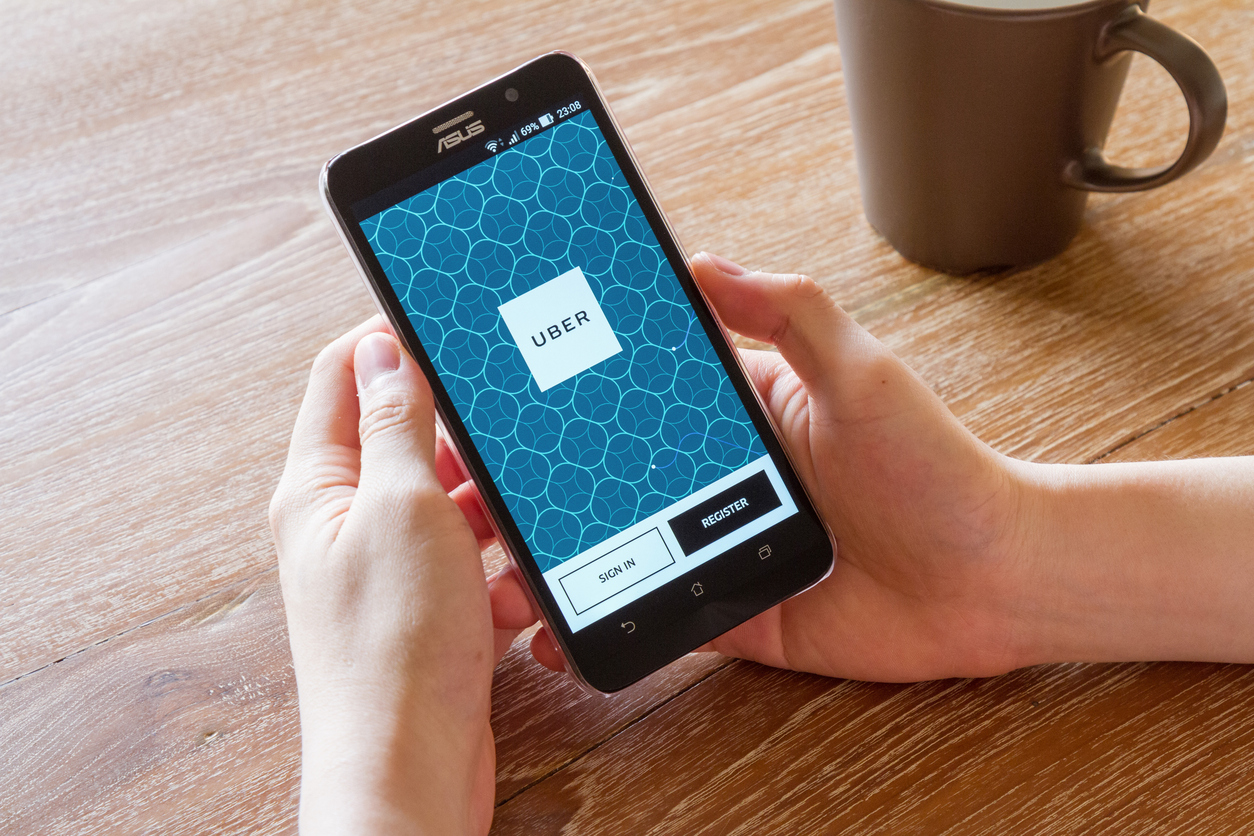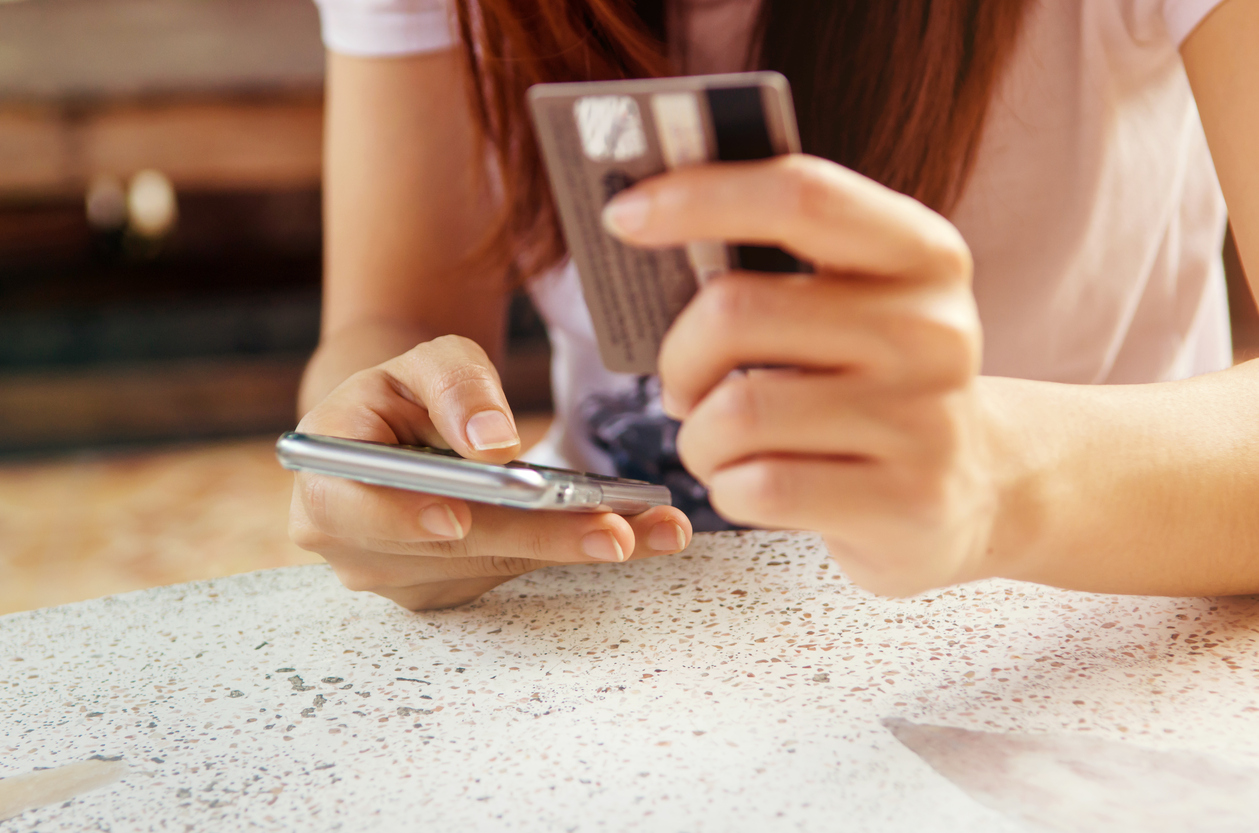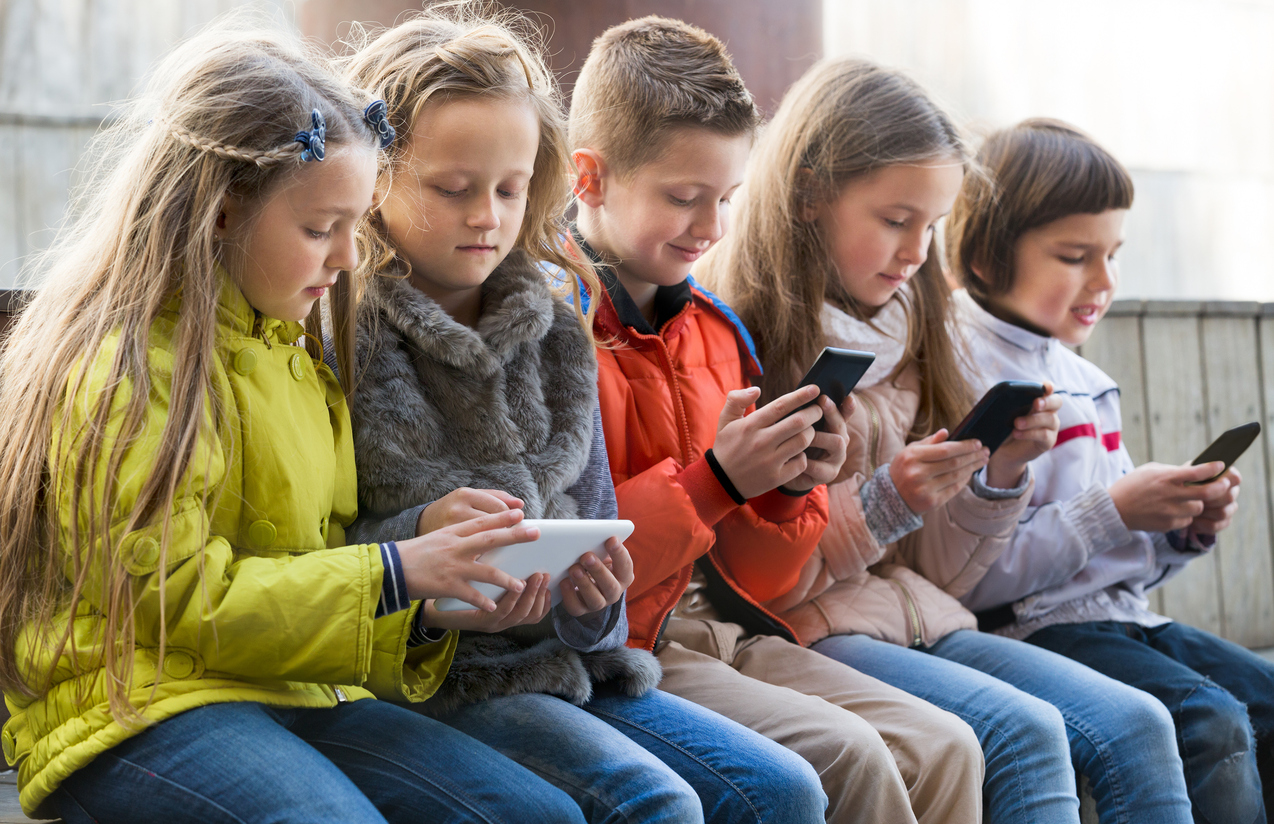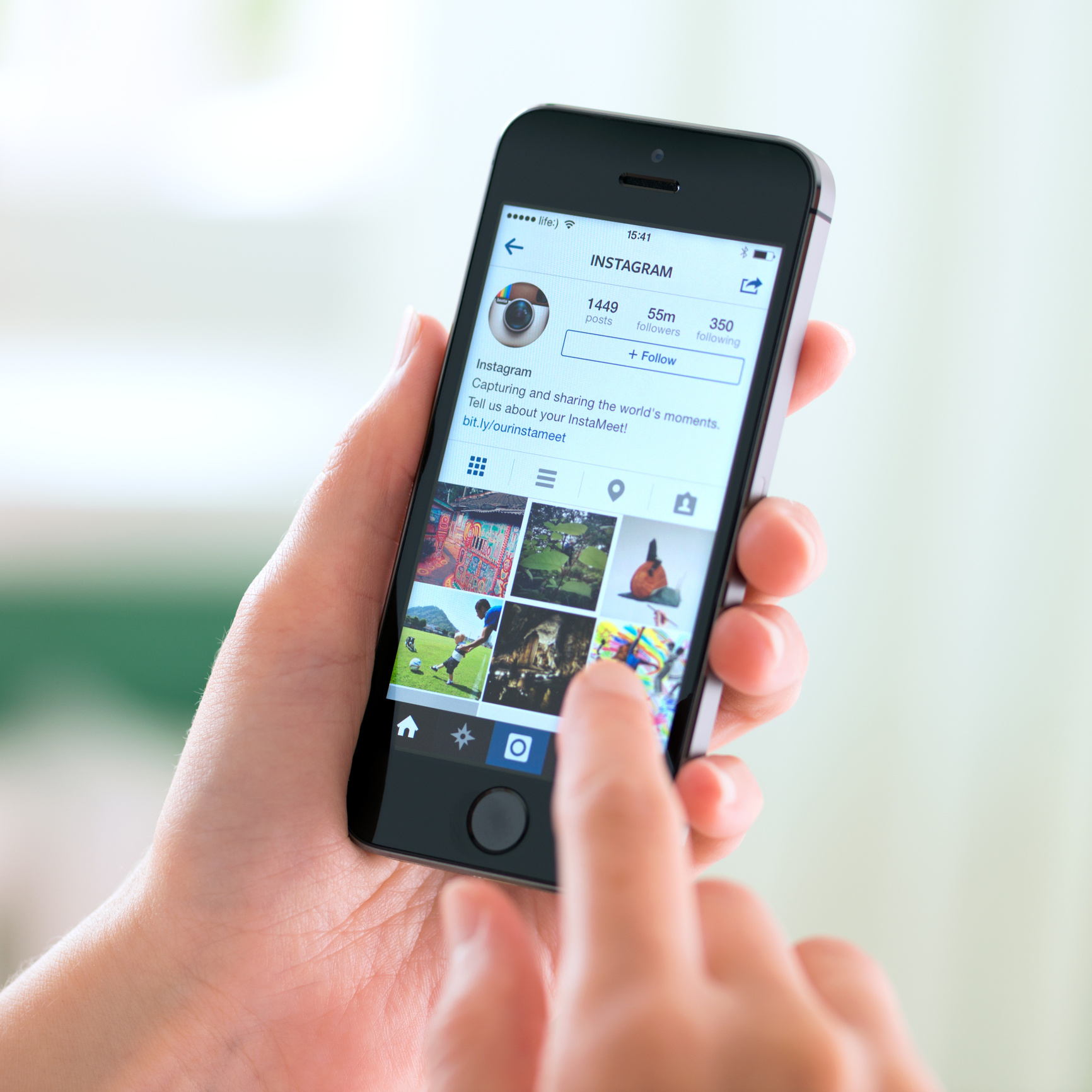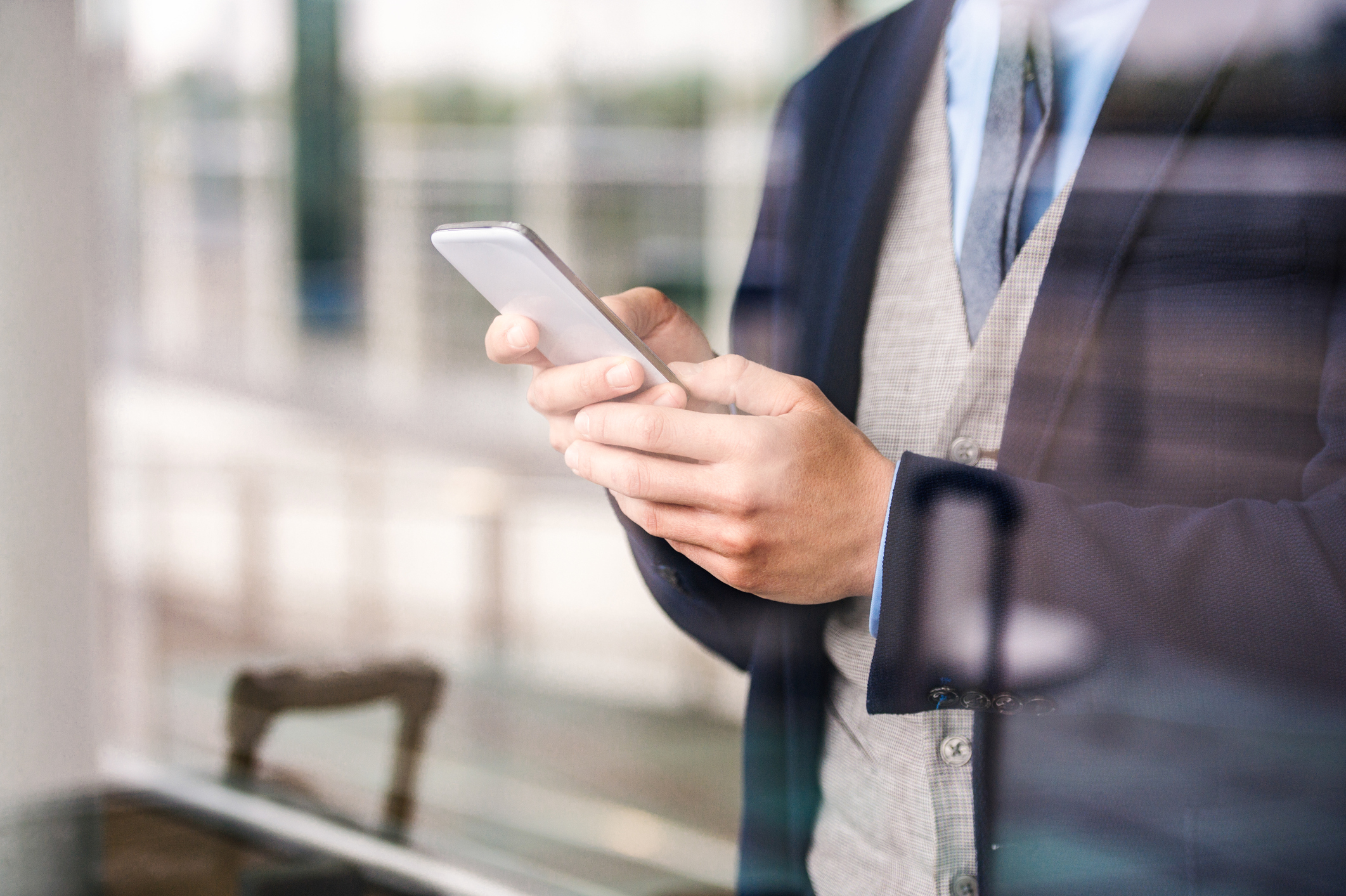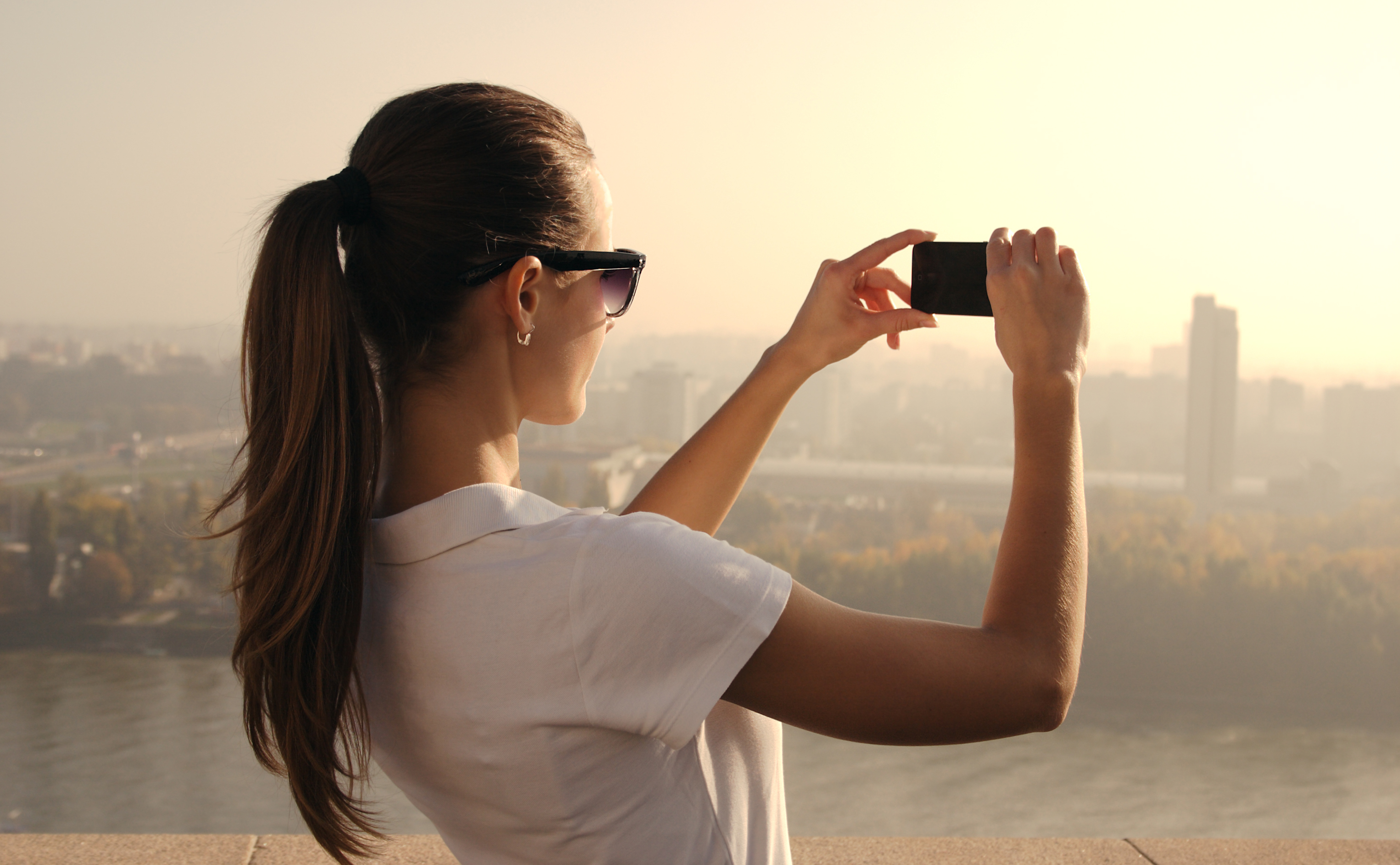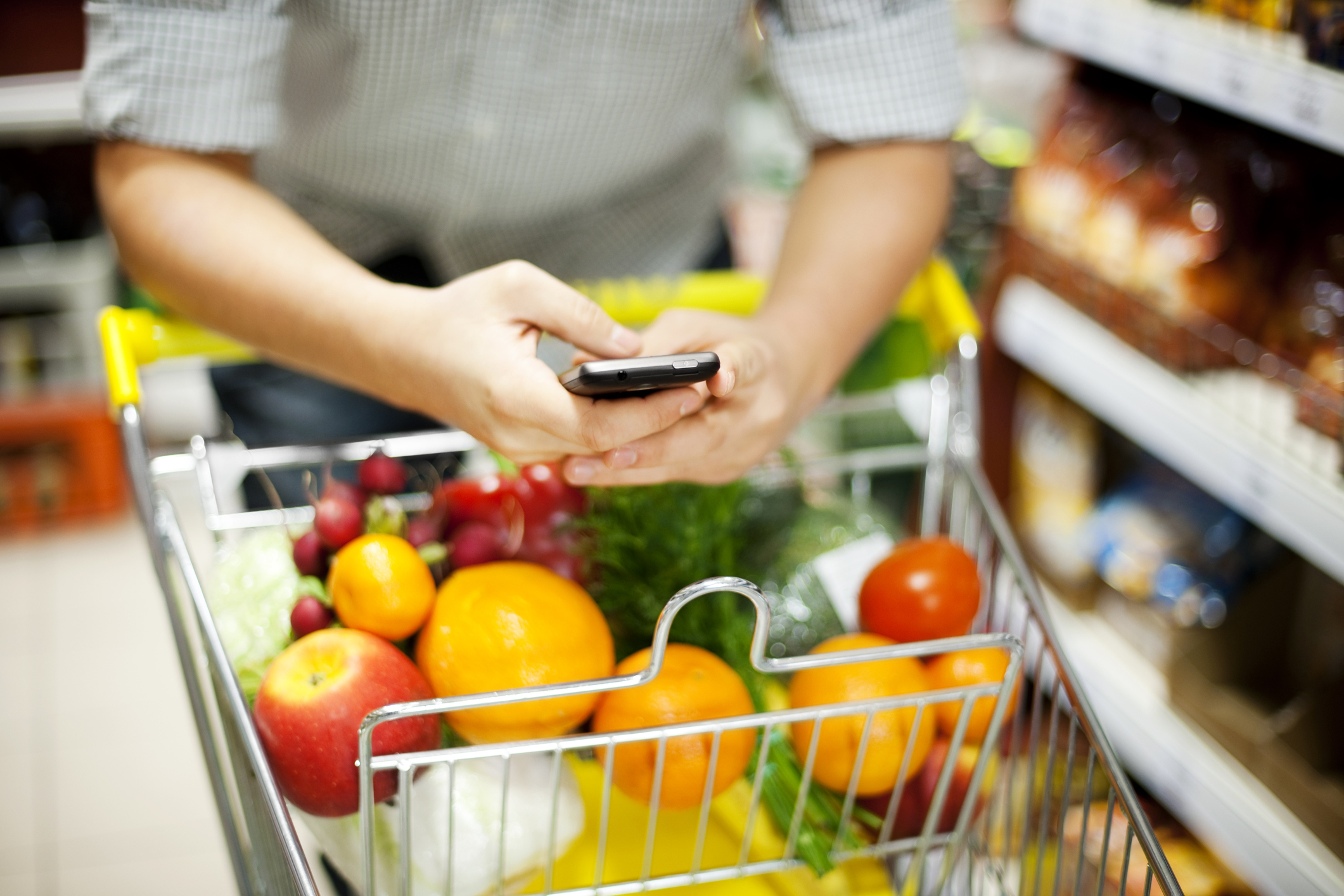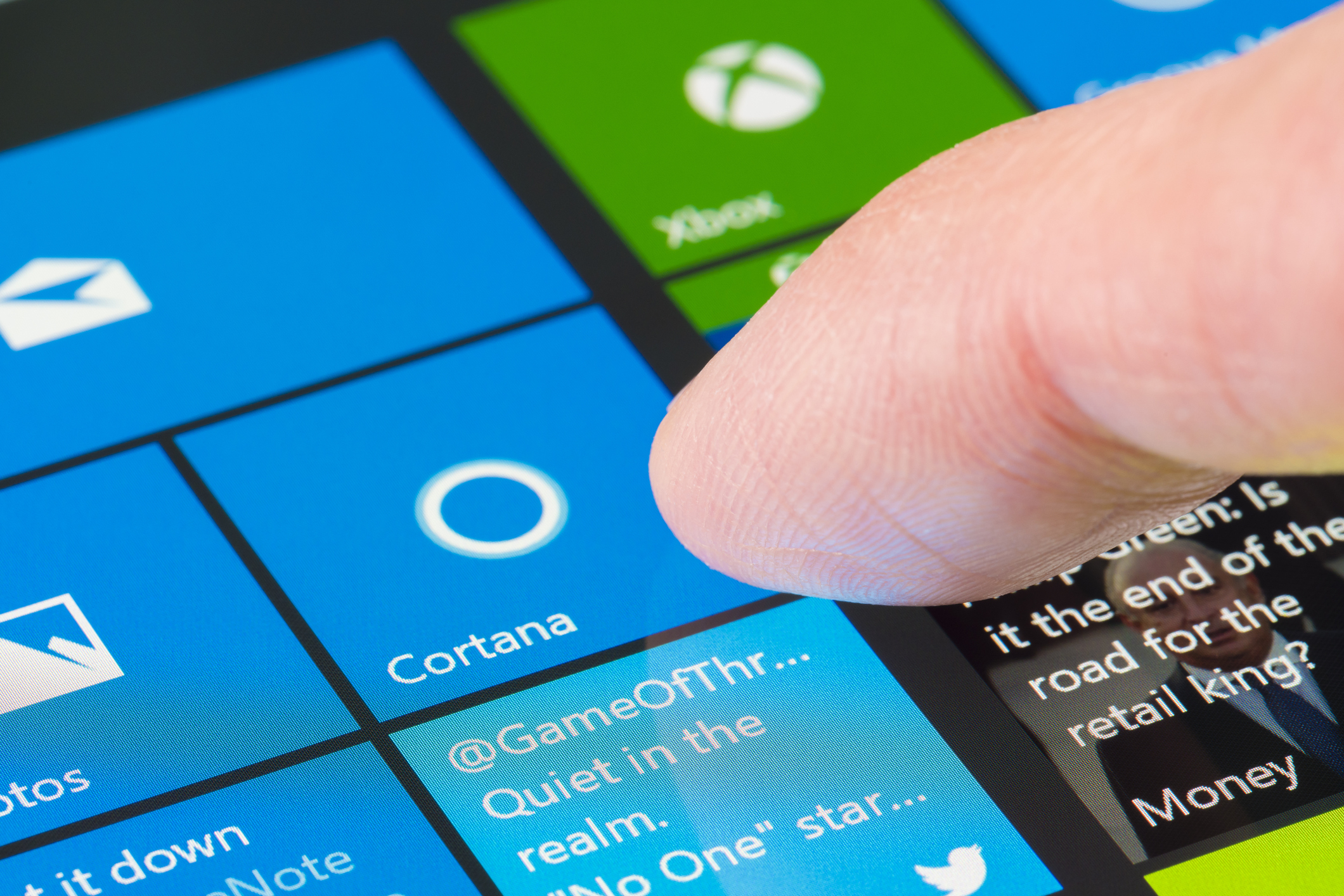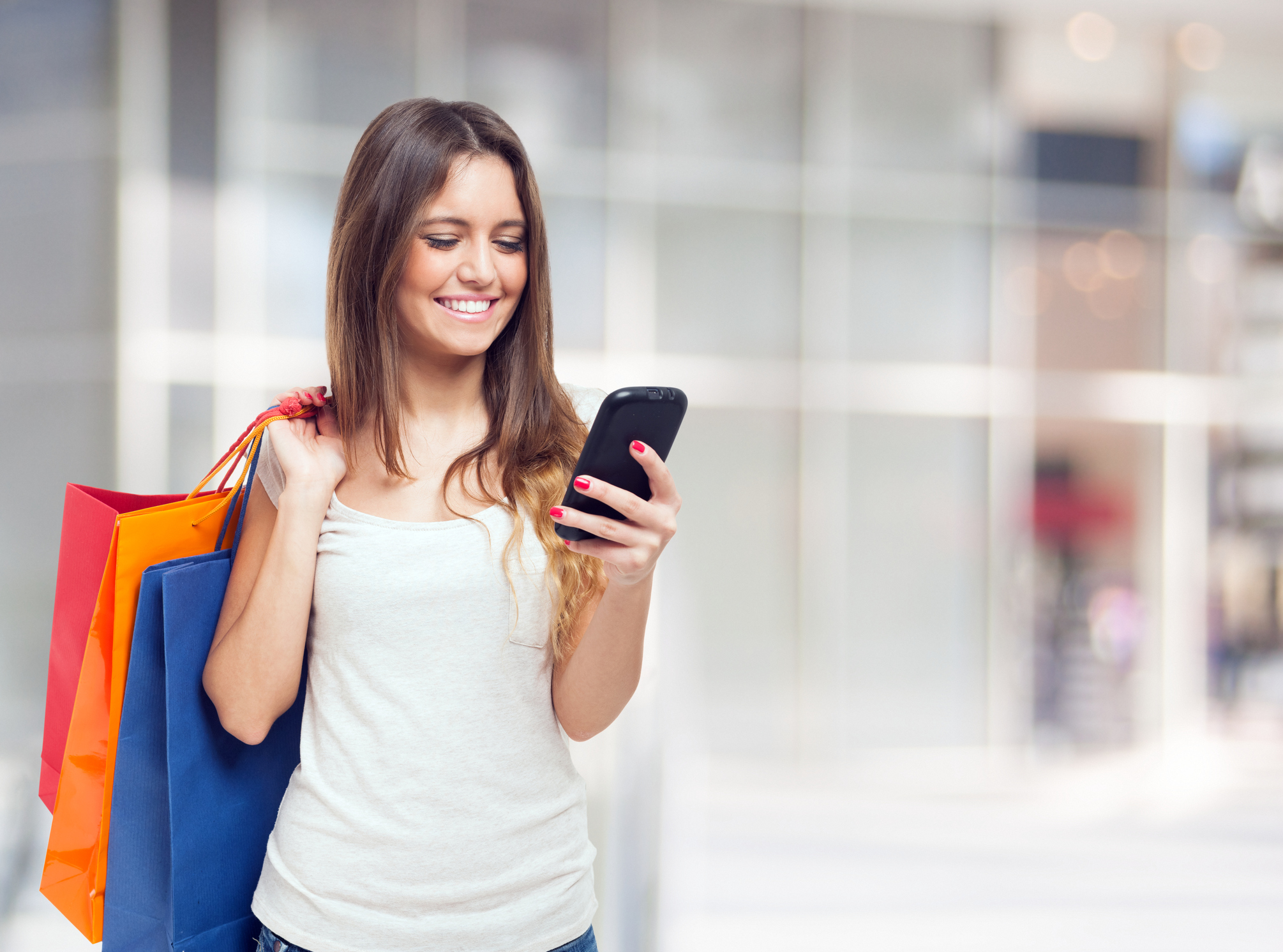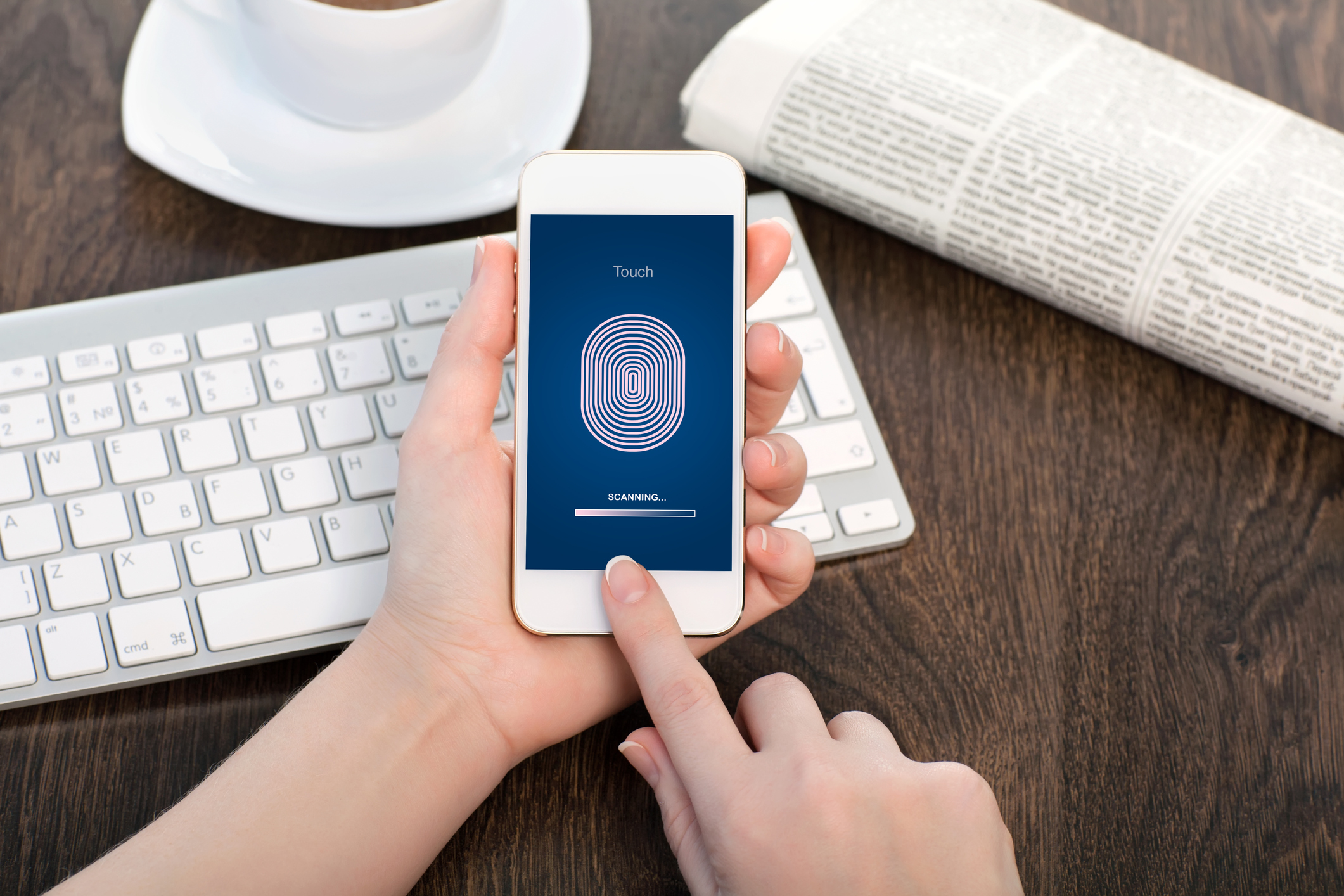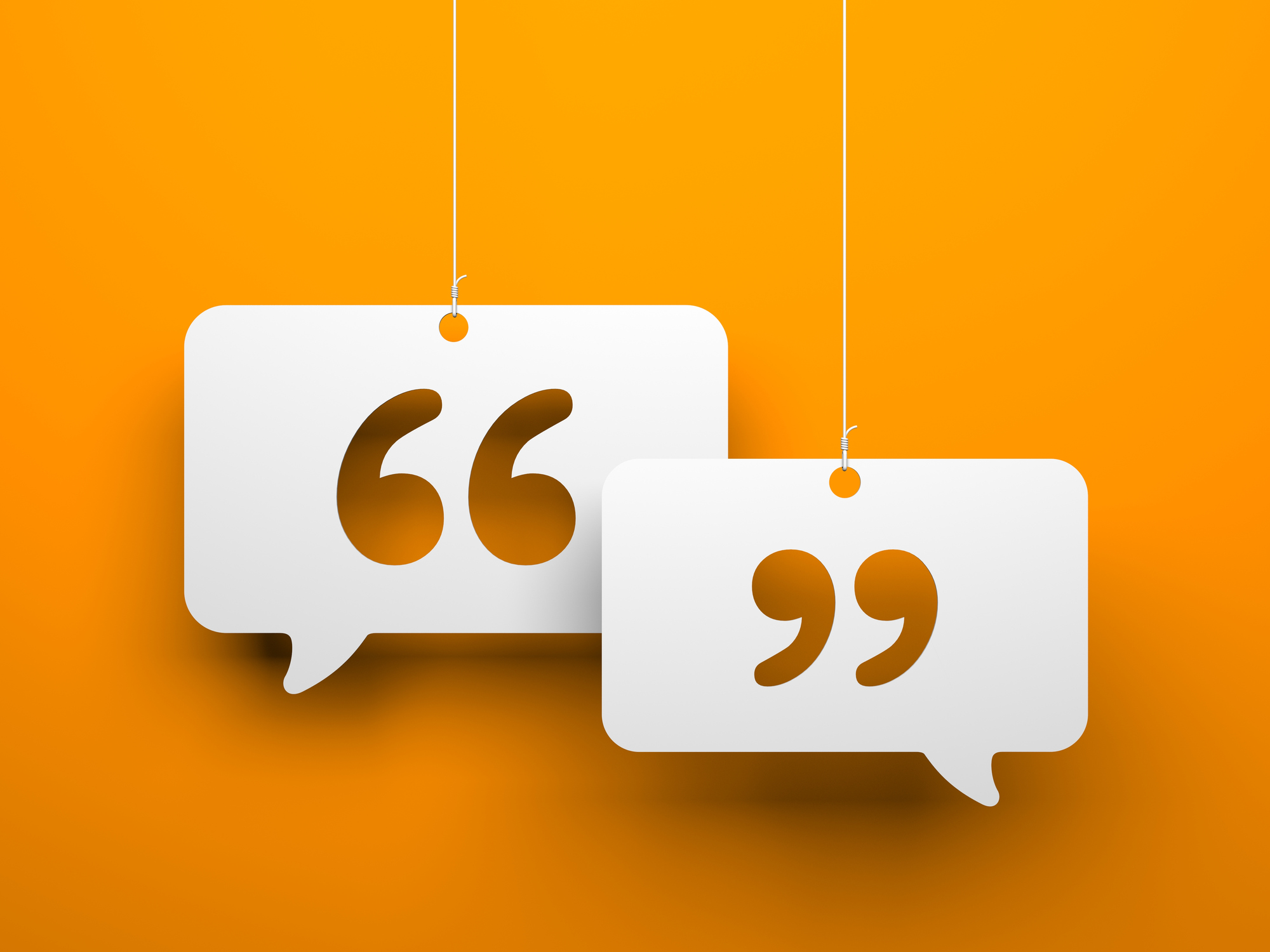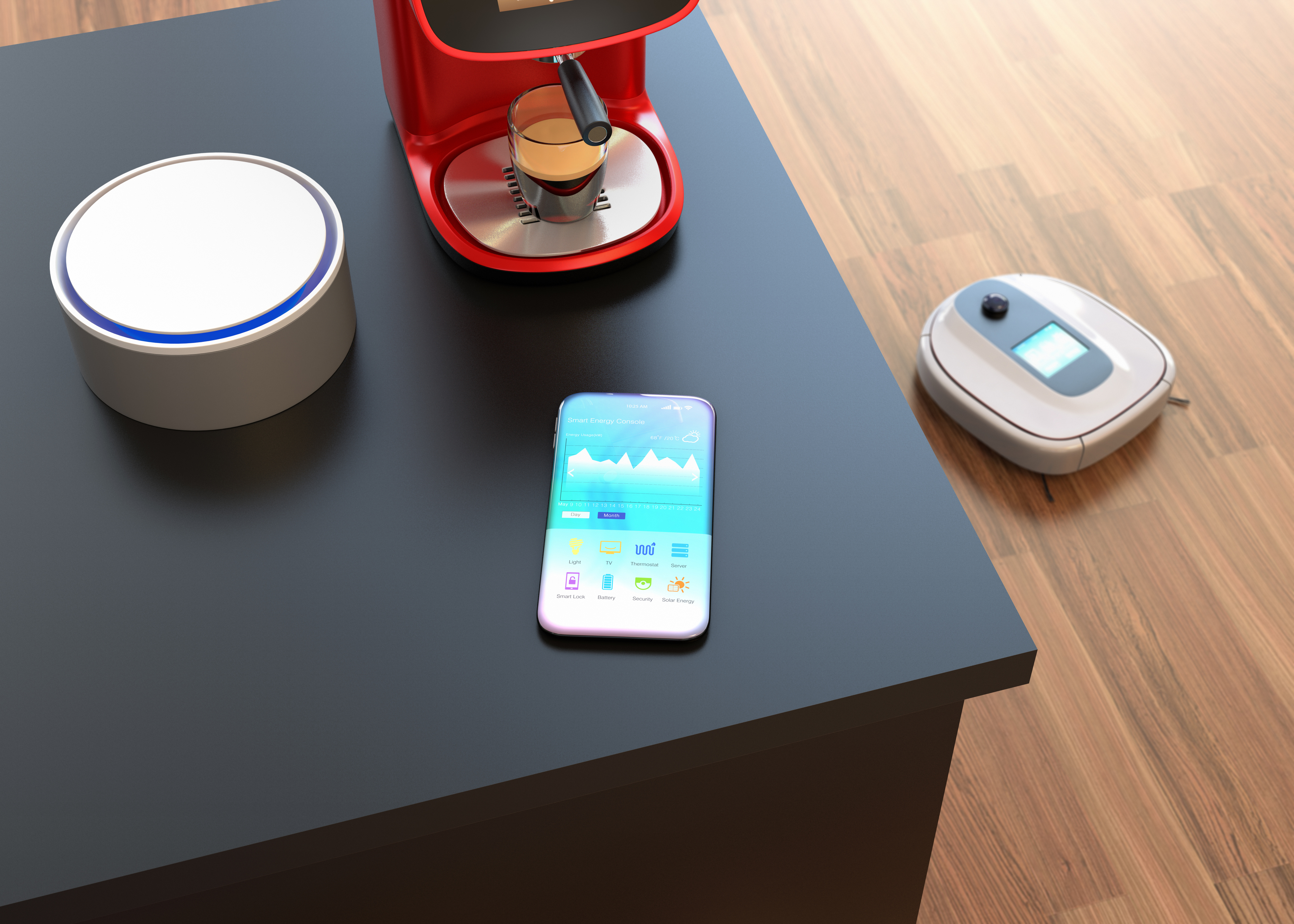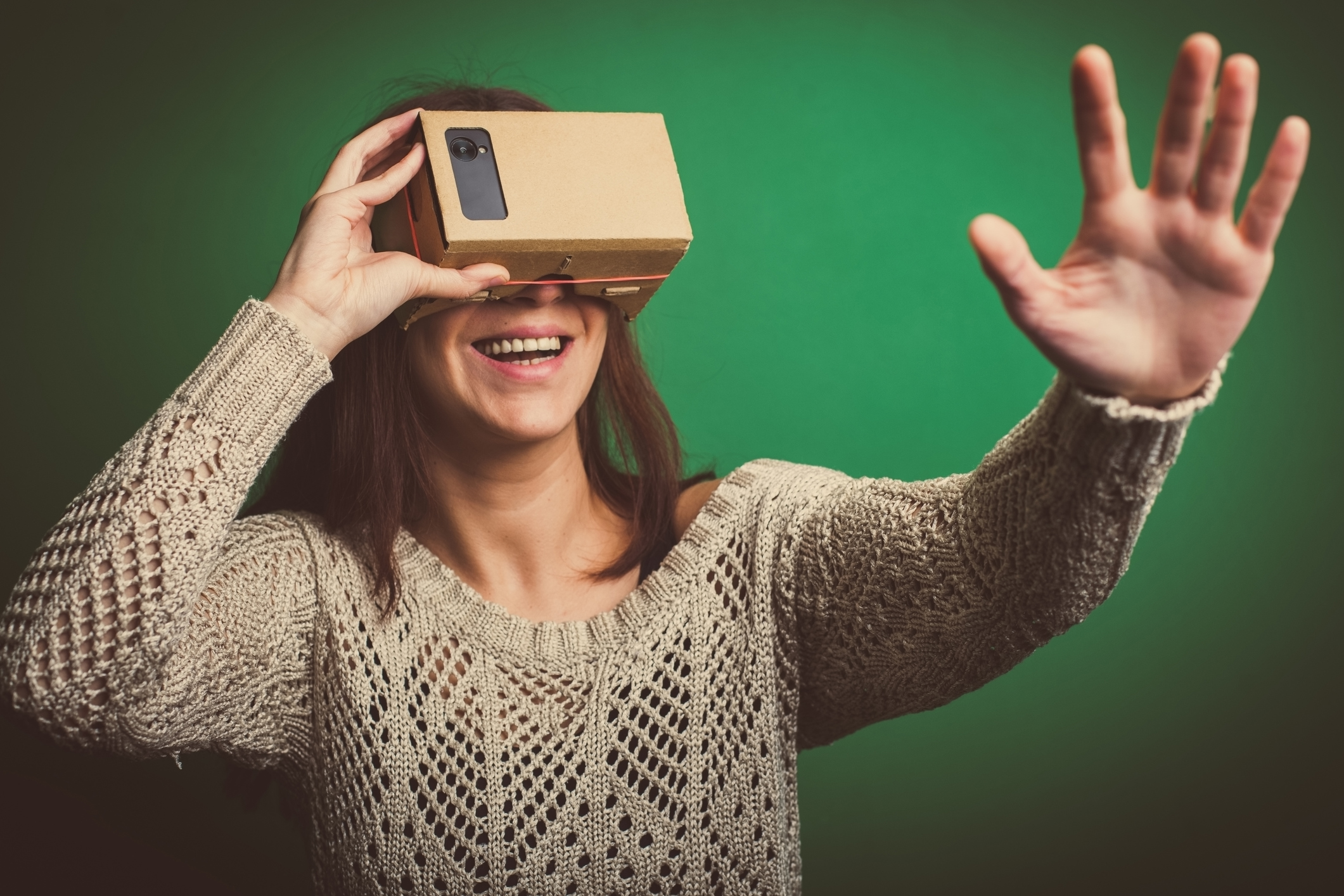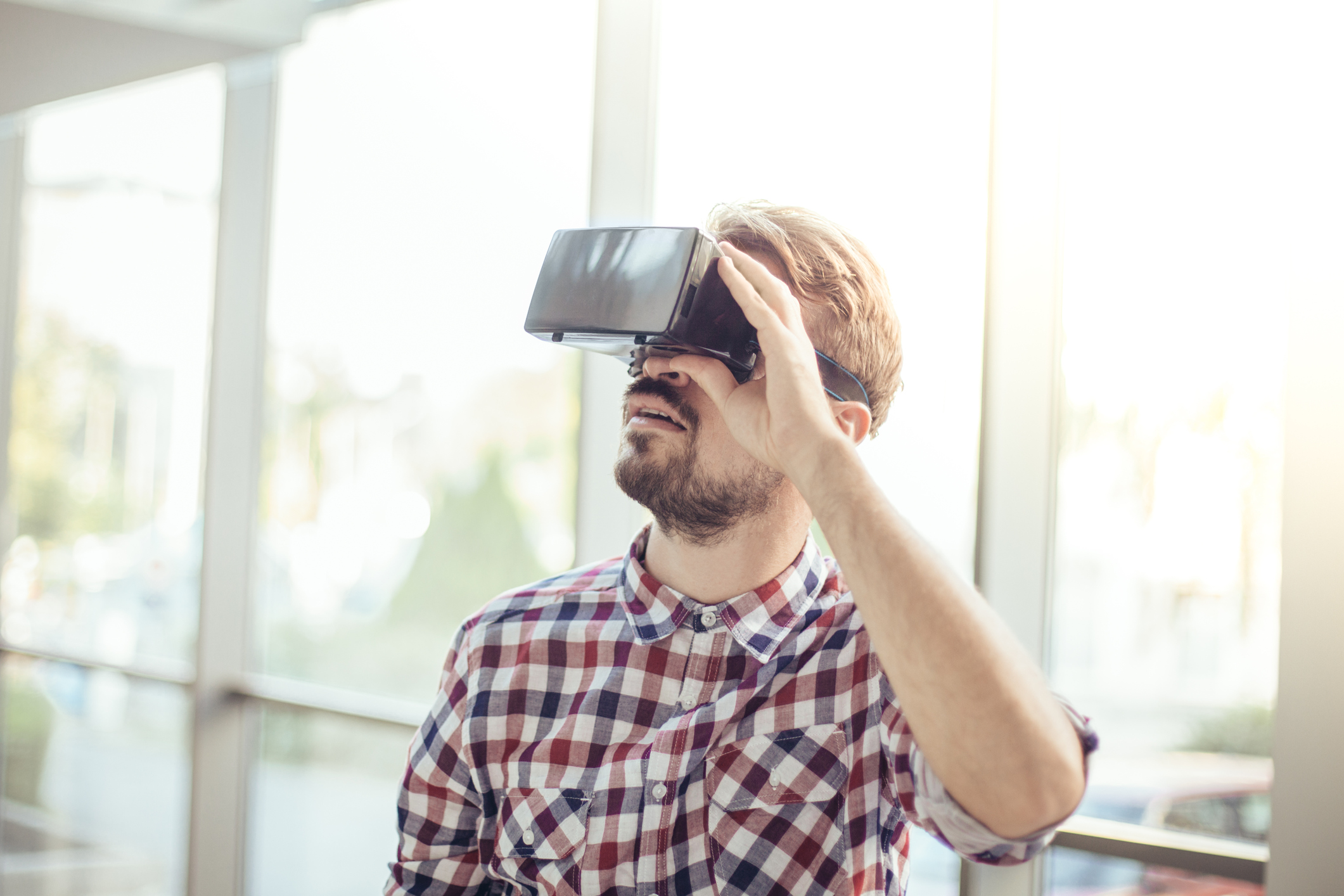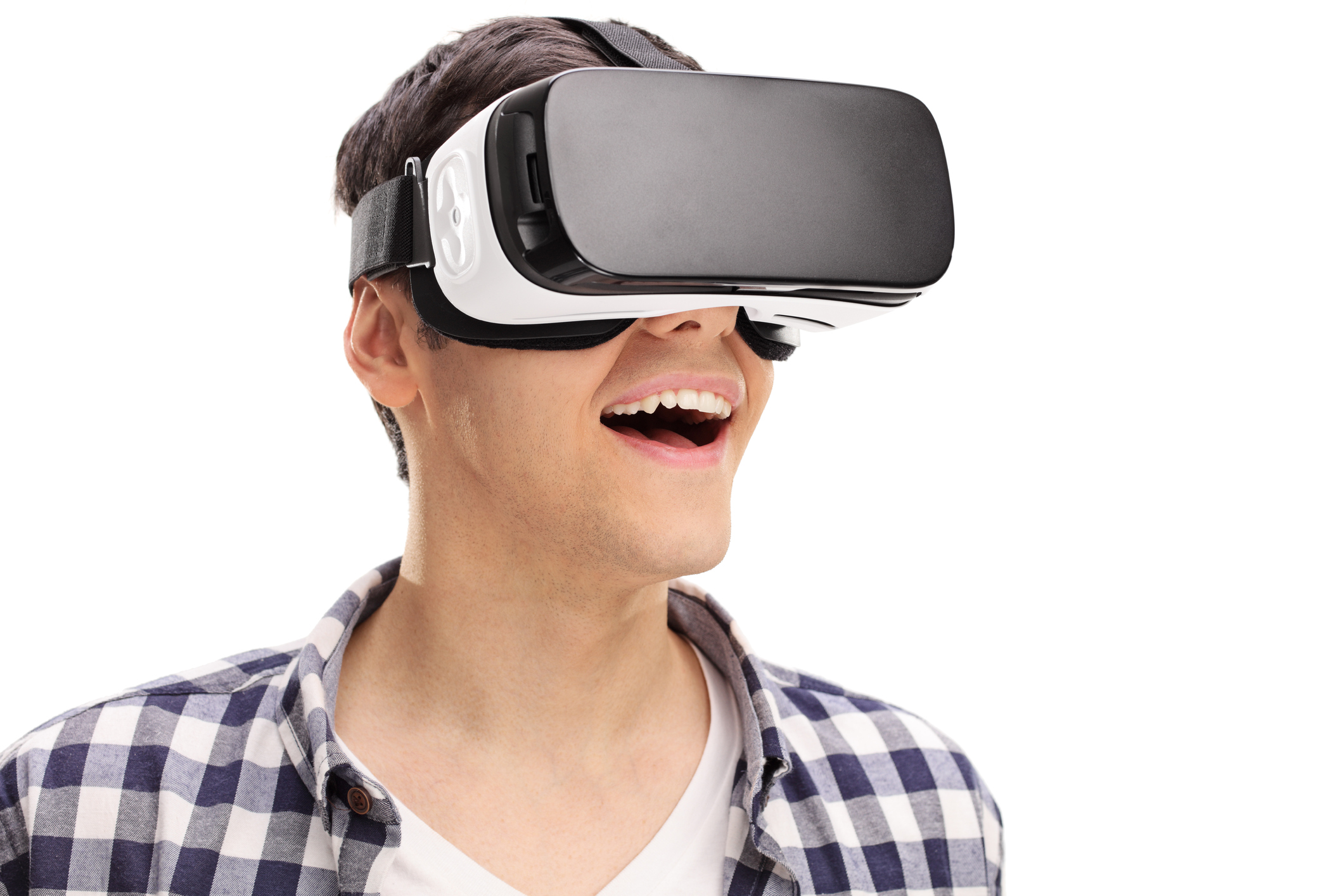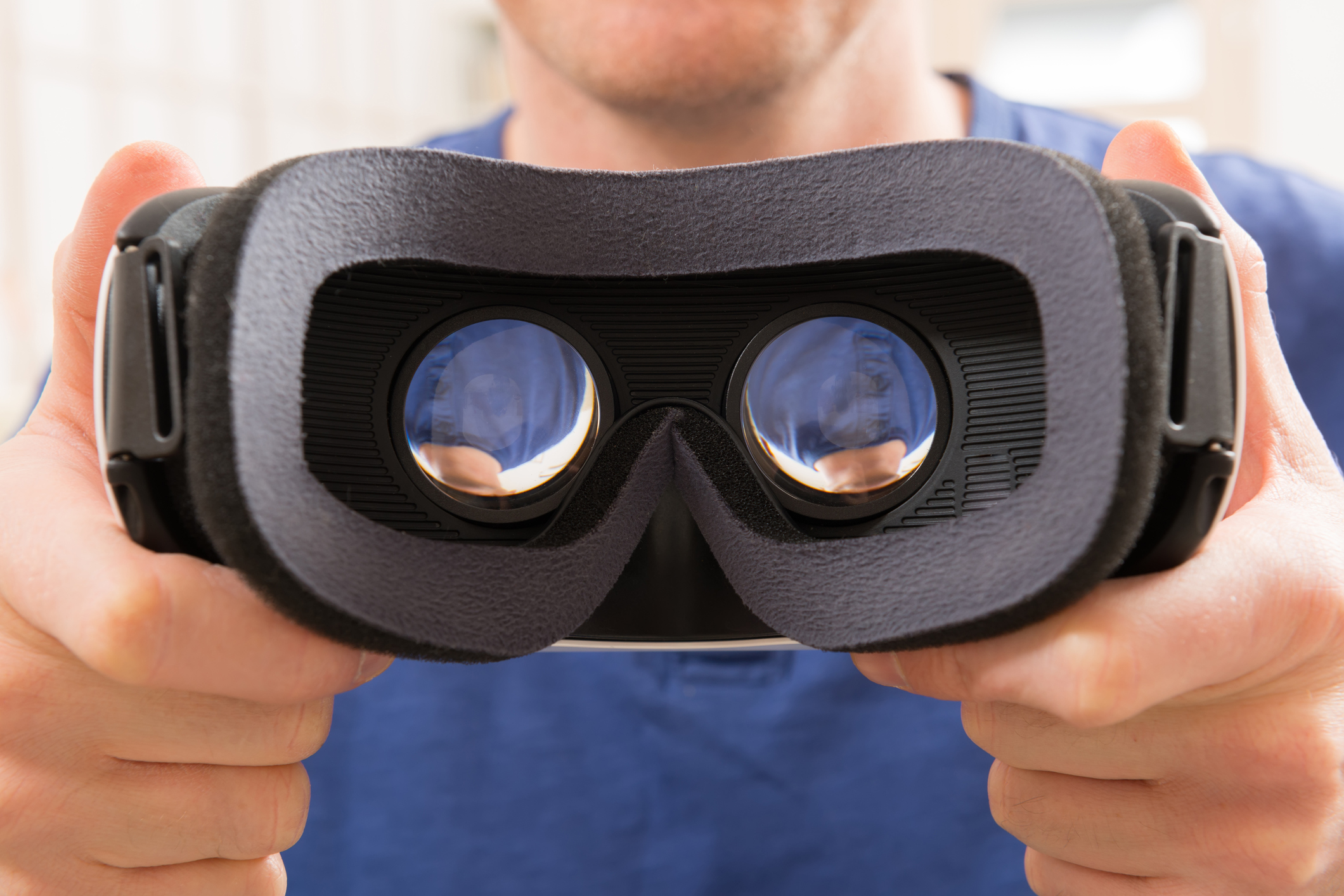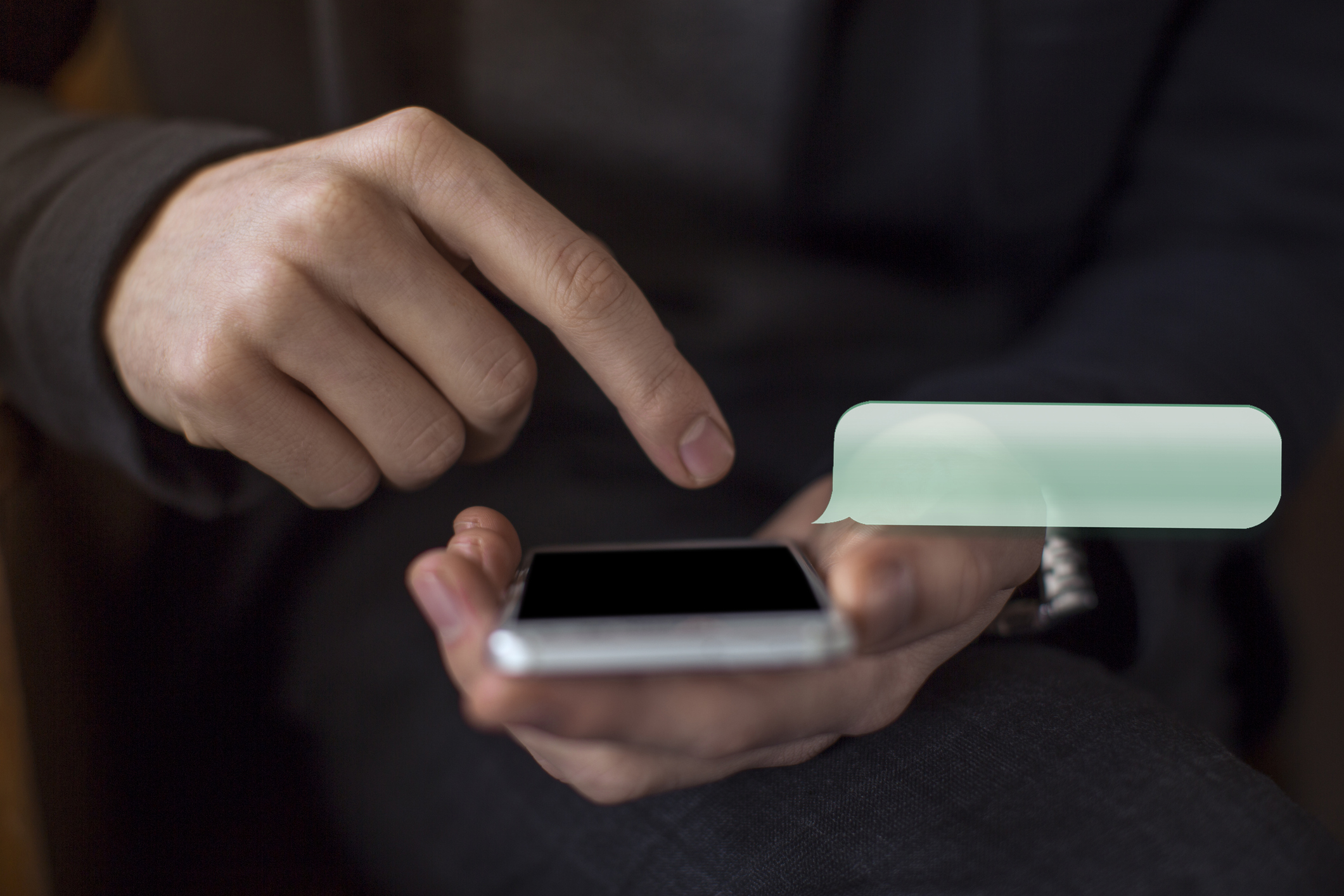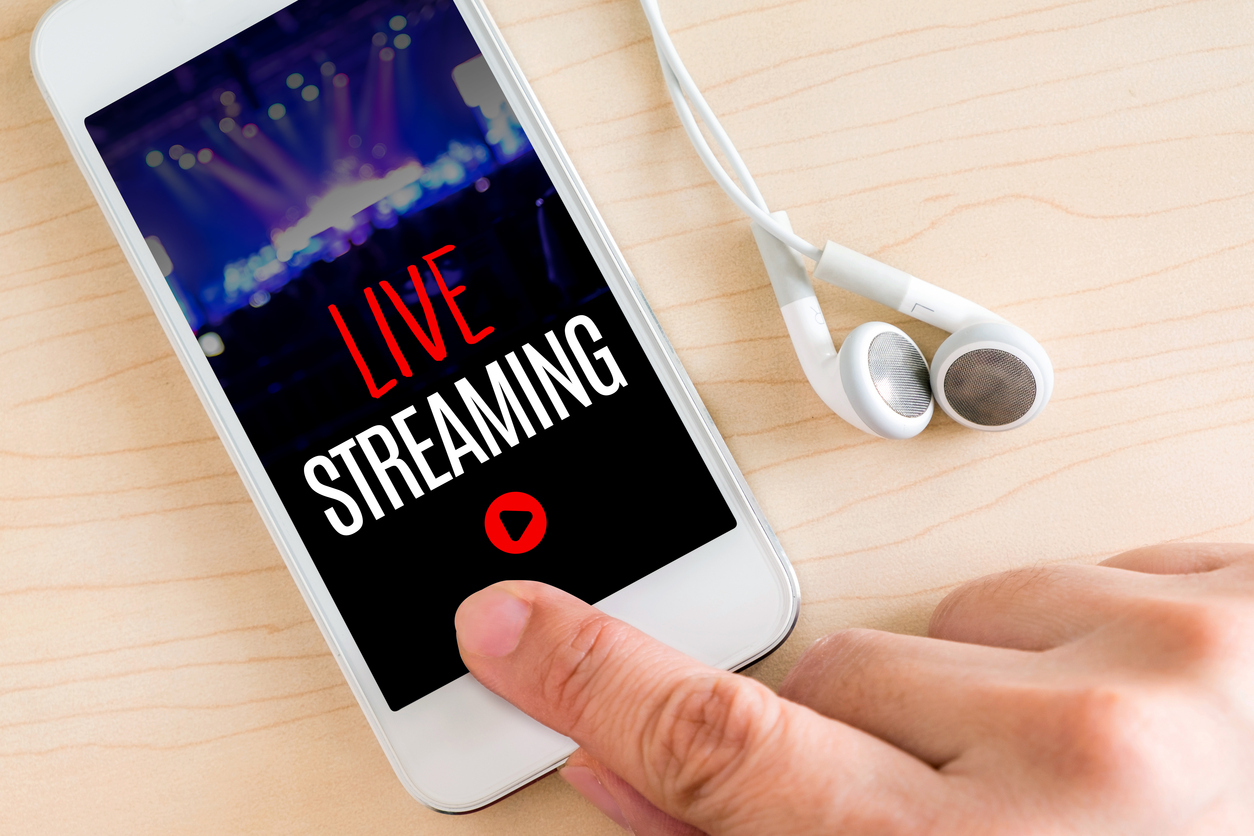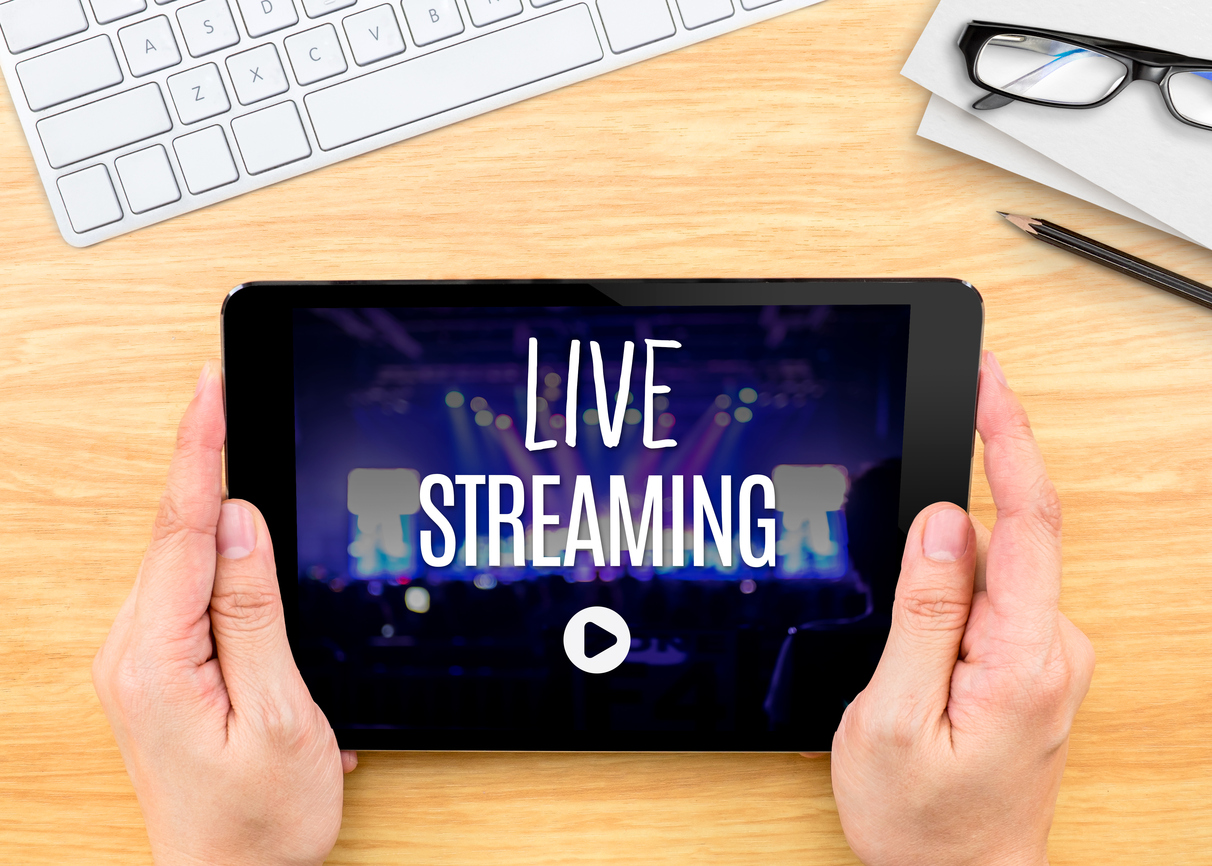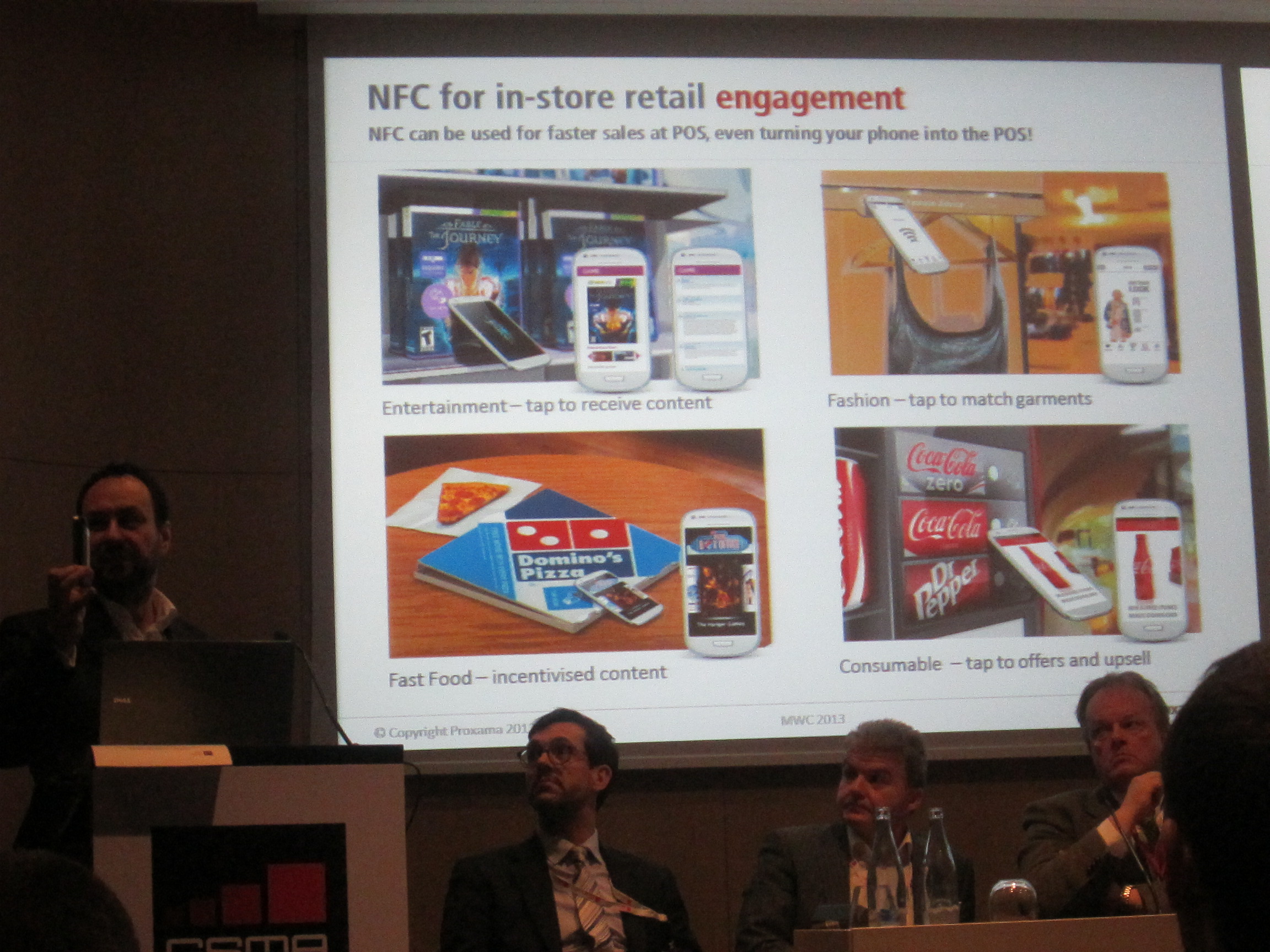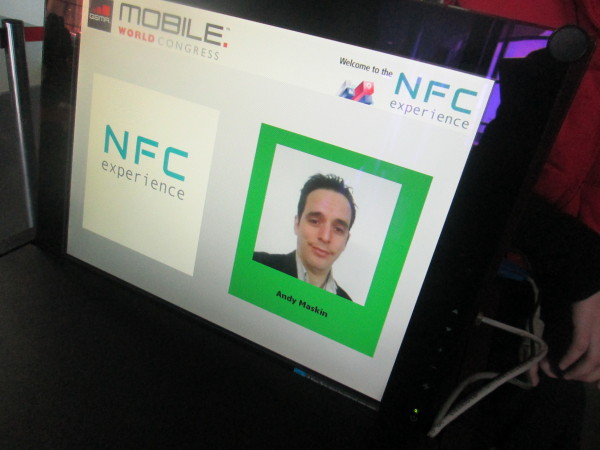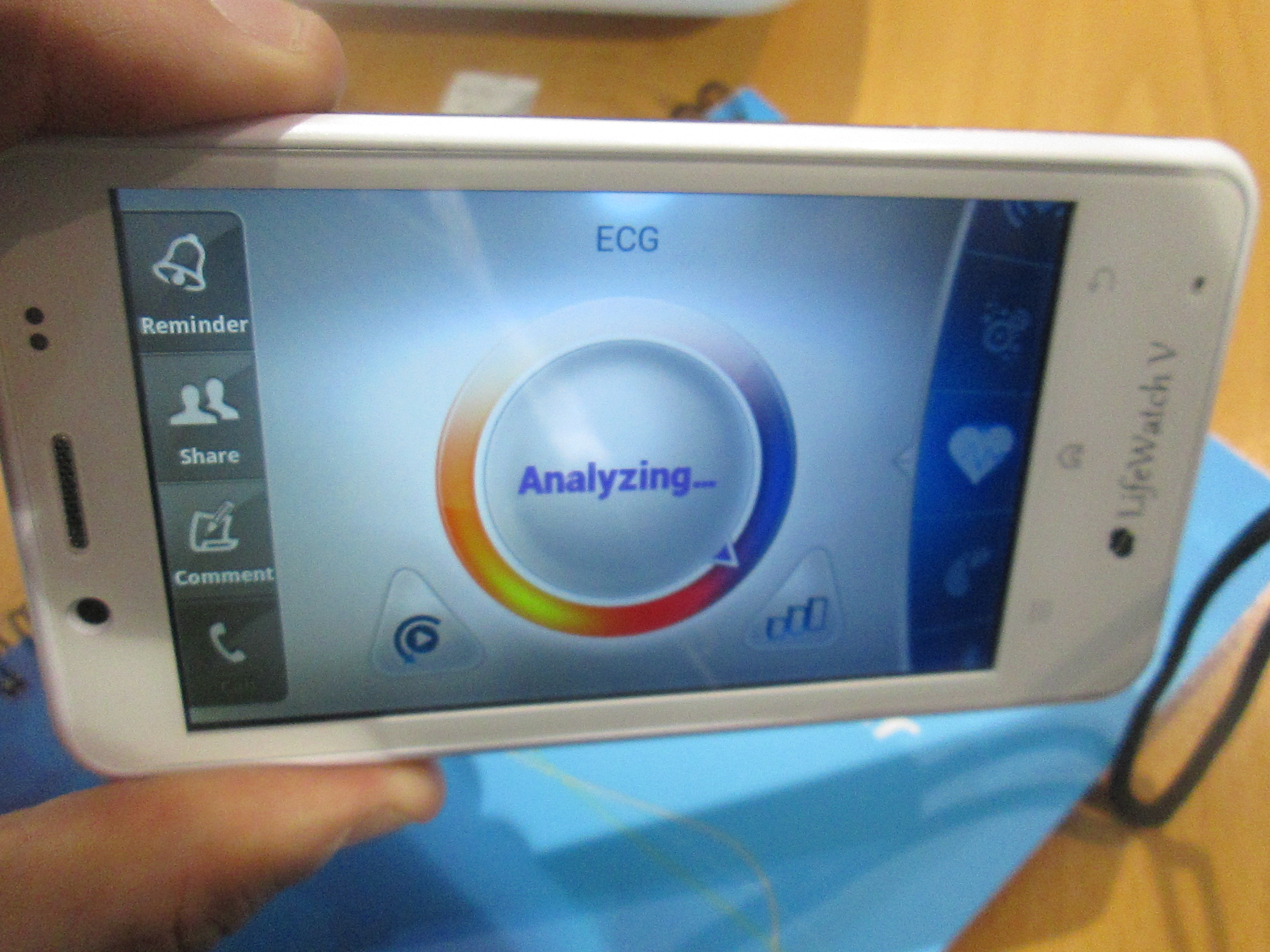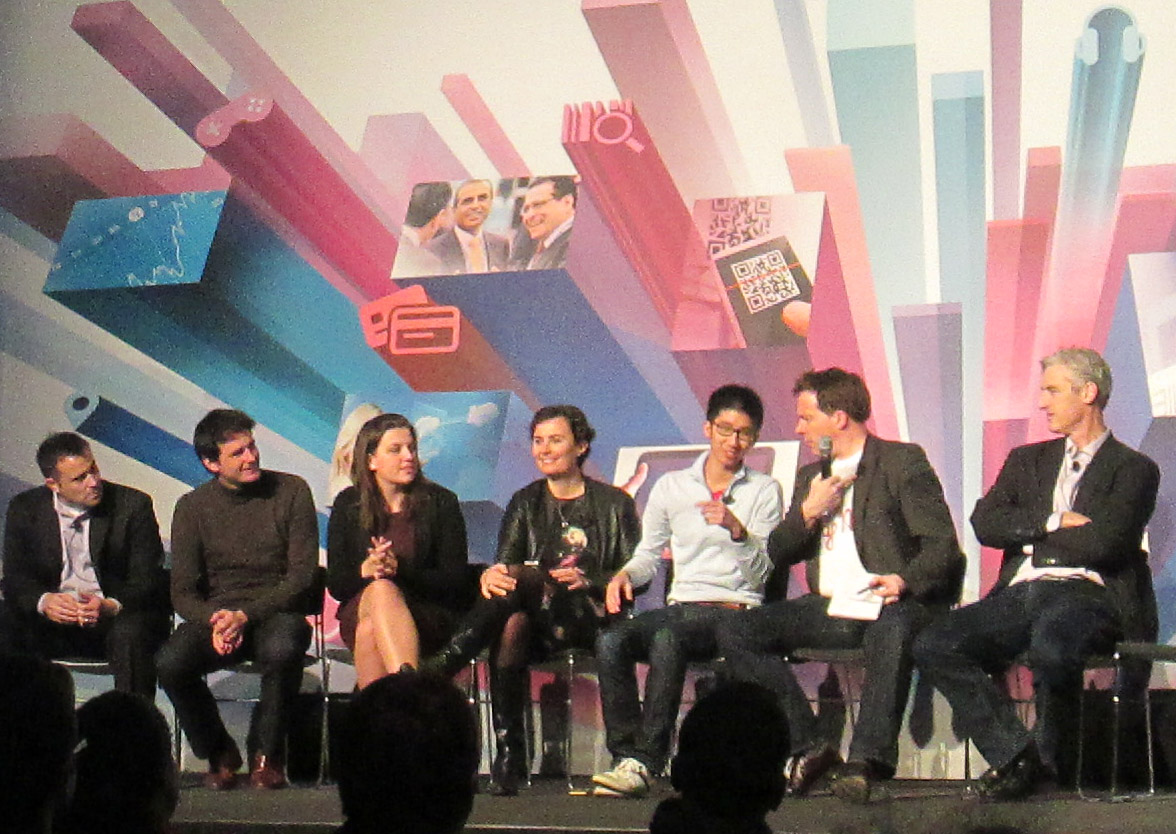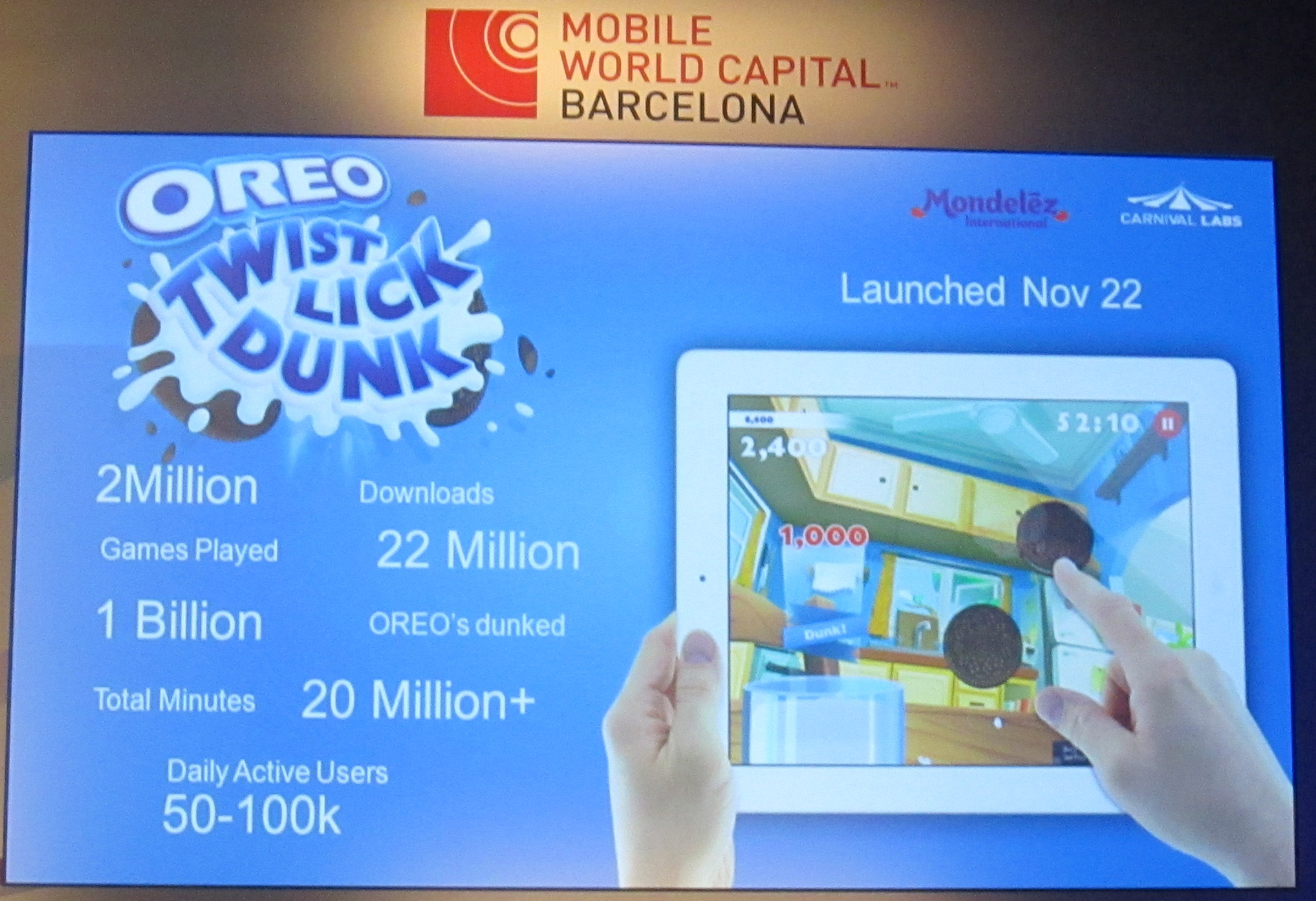Today we see yet another dazzling valuation of a website with a heavy user base, but no clear sense of how, when and how much money will soon flow in. Pinterest today we are told is worth $2.5bn , or approximately $200 per active user.
I’m not sure in life when we started judging websites on users and not revenue, and last of all profit, but I see no signs of sanity emerging.
It makes zero sense to me. One does not look at the numbers of people who visit “Best Buy” and then assume that it’s just great that people are visiting the store. Likewise it’s quite easy to make a business selling $100 bills for $80 and show impressive revenue growth, but last time I checked it was profit that allowed us to eat and put a roof on our heads.
We seem to have entered an age with continuingly crazy valuations based on a sense that land grab and user acquisition trumps any other metric. The confidence of the build it and they will come model is what drove people to make these sites and apps, but the expression never states that those who come will pay for it. It astounds me that clever people, with influence and big wallets are performing robust analysis and “making” these valuations.
It makes even less sense in a world where monetization of users has few clear success stories. Let’s look at the best case scenarios and some of the most shiny success stories of the last few years.
Level one – Users, no revenue, no profit.
We have Pinterest with 13 million actively monthly users, a valuation of $1.5bn and zero revenue.
Level two – Users & Revenue, but no profit.
Spotify, has 20 million users, looks to make about $500m in revenue and is valued at $3bn, but has never made a profit and their costs are proportional to how much the service is used.
Things don’t get any better when you look at the most important website in the world in terms of the value it provides people and the number of people it lures in.
Level three- Users, revenue and profit.
Facebook provides a uniquely valuable service to 1 billion people from which is makes an average of $6 per user per year in revenue, and $2 per user in profit.
The big question.
For me this shows the vastness of one of the biggest question in the world of business right now- how do sites make money from people ?
SO?
Now I can see that for most companies founders the goal is to acquire enough busy users to allow a Google, Facebook, LinkedIn or perhaps one day!) Apple to buy you out. But for the big people making the acquisitions I’m sure that soon the emphasis needs to move away from eyeballs to benjamins.
Primarily monetization of websites seem to fall into blends of 5 ways to extract money.
– Advertiser funded experiences.
– Subscription / Tiered access models.
– Affiliate marketing.
– Selling a product.
– Selling data.
It occurs to me that virtually all fast growing service websites and apps rely most heavily on “online advertising” to be the primary revenue generator. Online advertising seems to be a steady and healthy way to make decent money, but I don’t think Facebook is going to be worth is current valuation of $65bn by making $2 profit per user per year ramping this up to significant figures per eyeball .
Instead it seems that the most lucrative business opportunities in the world right now are those that provide ways to maintain the user experience, providing users with value, but extracting real hard cash value in return.
I have an interesting answer to the question, I think seamless, easy, fast, secure, efficient micropayments are a fascinating area.
Paywalls and tiered subscriptions are current ways to extract payment by those that want services the most, but they rarely both to charge less than $15 per month since transactions are expensive and the value proposition not clearly understood.
But micropayments could change that.
– Is Facebook uniquely valuable enough to charge people $3 per month in the developed world and 50 cents per month in the developing world for an ad free experience? Even if loosing 50% of it’s user base immediately, would still double it’s revenue overnight and arguably provide a much better product.
– Could I read the BBC news website and rather than having to suffer the indescribably bad pain of 30 seconds of preroll before a 2 min long news story, I could instead be billed one dollar per accumulated hour I spend on the site.
– Could I watch highlights from the Colbert Report on a YouTube and not have to chose between illegally filmed clips that often don’t work, and deliberately cut down to be worthless official clips. I would happily pay 50 cents per episode.
I’d love to see a world with this sort of pay as you go tarrif. So long as the sites were valuable and unique enough I see no concerns that people would flock elsewhere. Micropayments could free sites from the burden of over advertising, selling data, forcing products down your throat and instead maybe still provide ways to make more money from advertising, but in a more clear, more premium, more targeted, less cluttered fashion.
I for one liked TV ads, I liked them when TV was an expensive medium as it made expensive creative processes and production techniques worthwhile. One of the issues with internet advertising has been it’s accessibility has lead to cheap, immediate response, throw enough mud at a wall advertising.
I’d love to see the internet advertising equivalent of Superbowl ads or Cinema ads. What could companies do with premium online space, decent production budgets and a relaxed audience with eyes that are not used to filtering out so much crud.
